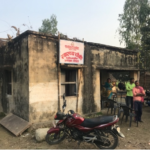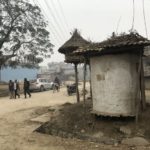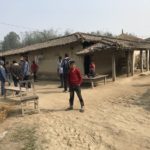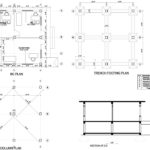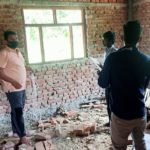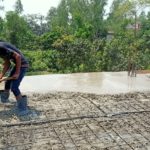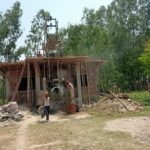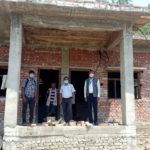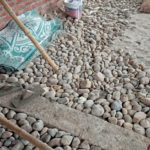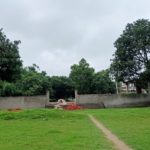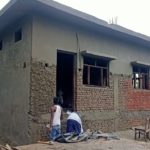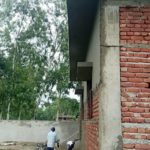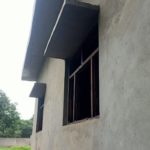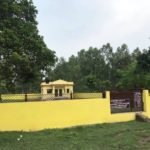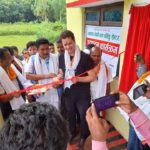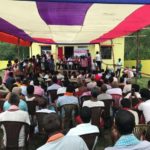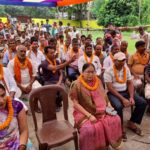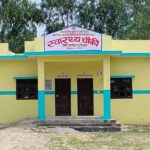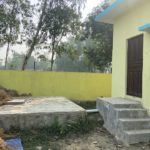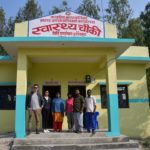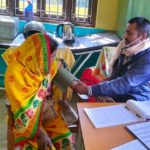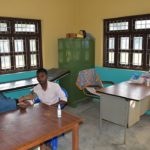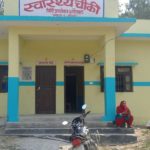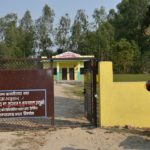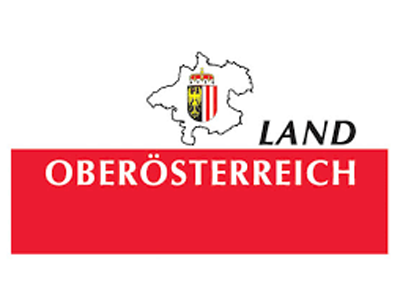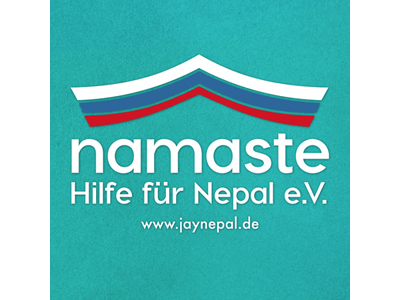Birti Prastoka, Rautahat
HEALTH POST AND MATERNITY WARD
Construction of a Health Post & Birthing Center

Place
Birti Prastoka,
Ward-3,
Katahariya Municipality,
District Rautahat

Who
Implementation: Chay Ya Nepal,
Advisory Council: Katahariya Municipality

Partners
Chay Ya Austria,
Land Oberösterreich,
Namaste Hilfe für Nepal e.V.

When
2021

For
6,750 people from Birti Prastoka and surroundings

Status
Completed and in operation
Project
In Birti Prastoka, located in Rautahat, one of the poorest districts of Nepal, there is hardly any medical care for the population. Currently, a small cottage, formerly used to care for animals, serves as a drop-in center for people from the region. There is a shortage of medical equipment and medication and the nearest hospital is 30km away.
Through the expansion of the medical infrastructure in Birti Prastoka, 6,750 people will have access to health care, with a special focus on reducing the mother-to-child mortality (MCM). Within 16 months, a health post will be built and provided with the necessary equipment. Furthermore, qualified health workers will be hired. By 2025, the MCM rate is expected to drop by 50% and the death rate due to treatable diseases will decrease by 75%. 90% of the population will have access to medical supplies and medication.
The sustainability of the health post is guaranteed, as salaries of medical staff and the running costs will be absorbed by the Nepalese government.


